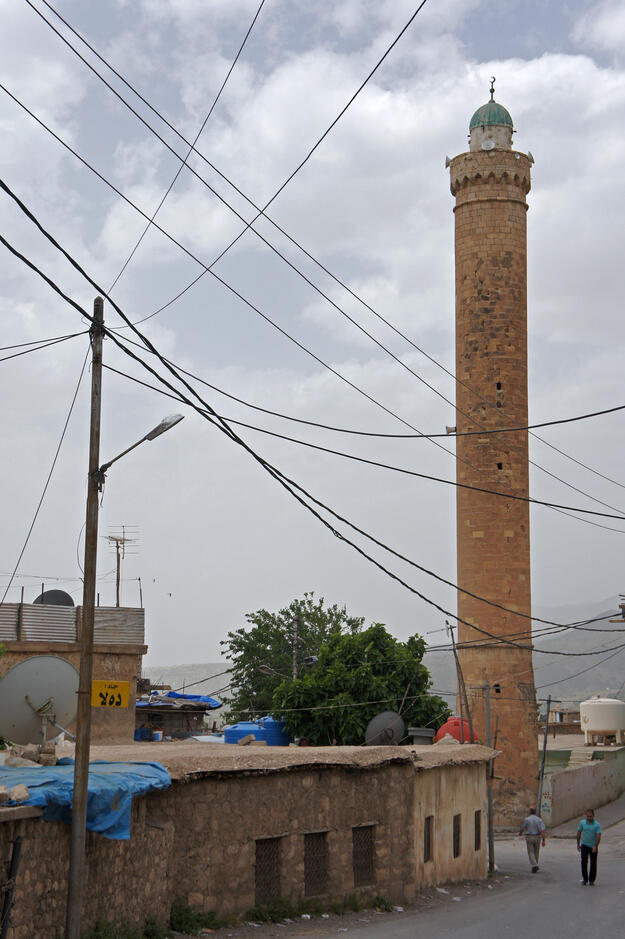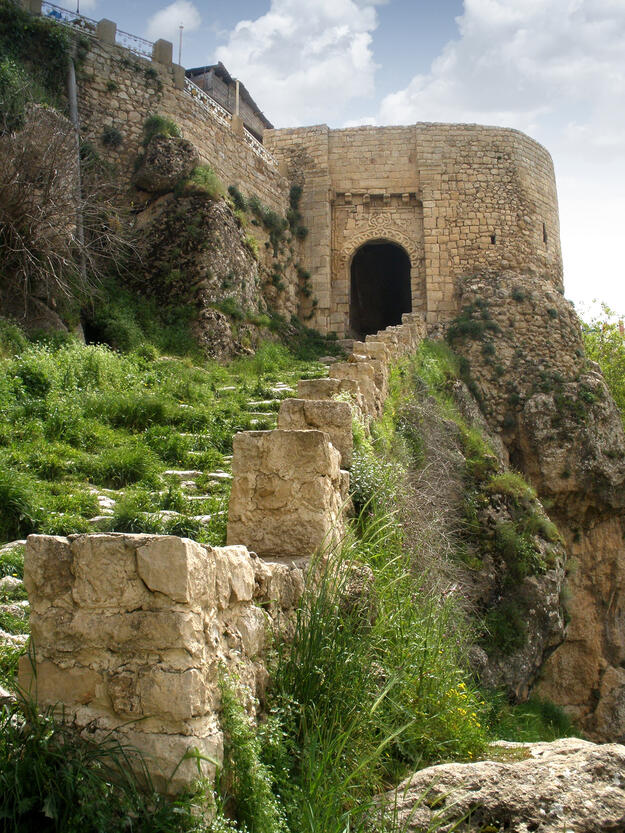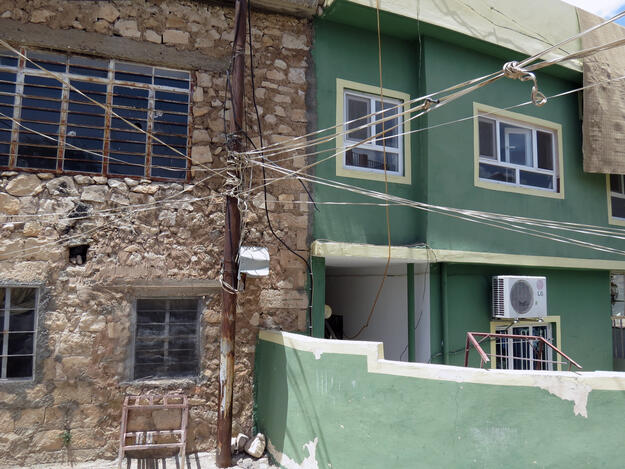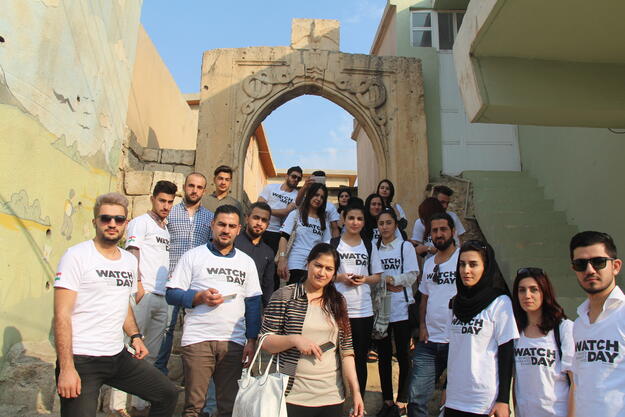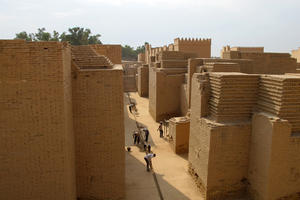Amedi
A Formidable Natural Fortification
Amedi, a historic hilltop town in northern Iraq rich with unique monuments and intangible traditions, is strongly connected with its surrounding natural landscape. The city was likely occupied long before the first written references to the “town of the Medes” when it was captured by the Assyrian royal family, nearly 3,000 years ago. The site has drawn the attention of the region’s rulers since, likely because of its striking position—a half-mile long limestone plateau ringed by 200-foot (60-meter) vertiginous cliffs and wedged between twin mountain ranges. For most of its history it was only accessible by two staircases leading to heavily fortified gates. Even with modern road access, the city remains a beautiful and formidable natural fortification.
There are visible remains in the city from 2,000 years ago, though most of the standing historic buildings and potential archaeology were built under the Bahdinan Emirate that controlled the region from the fourteenth to the nineteenth century. A madrassa, or school, defensive gate towers, a mosque, synagogue, and church all remain. The town’s street pattern and quarters, also ancient in origin, reflect a remarkably integrated community with elements of Islamic, Christian, and Jewish architecture packed tightly into the plateau.
2016 World Monuments Watch
The site’s most striking feature, the sharply limited plateau, is also becoming its biggest threat. The limited space, combined with a steadily increasing population, has concentrated development pressures in the historic town. Several significant structures have been lost or damaged through redevelopment in recent years and the ancient street pattern and views from and to the site are under threat from new construction.
Inclusion on the 2016 World Monuments Watch highlights the need for urgent urban planning to integrate new development that meets community requirements with minimal damage to the historic fabric of Amedi. This site presents an exciting opportunity to increase local skills in recording and managing historic sites, which can be transferred throughout the region, at the same time as providing detailed planning and documentation for Amedi.
Watch Day
On October 27, 2016, students from the University of Duhok’s spatial planning department and a local high school participated in a series of guided tours and discussions in the historic city, led by Dr. Shireen Ismael and focused on the importance of heritage conservation in Amedi. Watch Day provided an opportunity to raise awareness, among the younger population, of the city’s valuable cultural landscape.
Since the Watch
Soon after the announcement of the 2016 Watch, the Governor of the Duhok Governorate pledged a monthly expenditure devoted to documentation efforts at Amedi. A committee of engineers, architects, and surveyors is to lead the documentation efforts, while the Amedi town council will provide equipment and an office for the team.
In August 2018, the British Council announced a new grant for World Monuments Fund to begin a new project at the site, supporting the development of a Conservation Plan and Guidelines for the Protection of the Urban Landscape for the city. Intended to improve management and documentation of the site for its future preservation, these documents were completed in 2020.
In 2021, in the framework of ILUCIDARE, WMF will work on a series of workshops and engagement activities to build conservation skills and knowledge of traditional construction techniques in the area.

